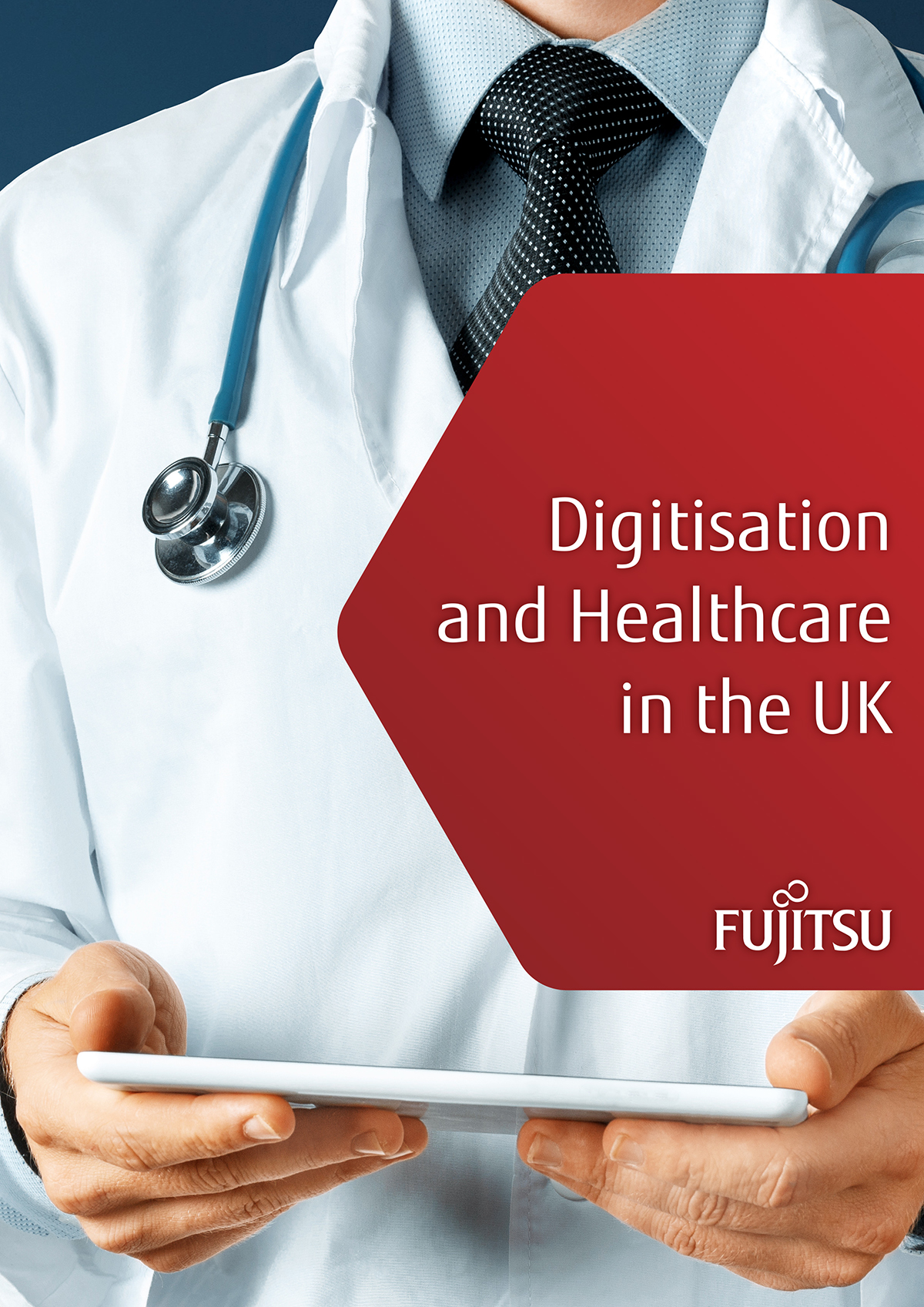Here, Fujitsu discuss the plan for changing the current situation of digitisation and healthcare in the UK
Did you know that the NHS is still using fax machines? As of July 2018, the national health institution was using around 8000 machines, a surprising remnant of the 20th Century that holds the NHS back from the benefits of a fully digital file sharing system. Matt Hancock created the Paper 2020 strategy, banning the use of fax machines and attempting a systems change that would bring the NHS securely into the 21st Century.
But for an institution so used to working how it is working, how can things be digitised?
Where do they begin?
To understand that, we must understand how data-sharing changes the game. For the last decade, UK heart surgeons have shared data on individual outcomes of operations. This led to mortality rates falling by a third, and the amazing result of 1,000 less deaths reported each year. Data-sharing can also save the NHS crucial amounts of money to be re-directed to much needed resources.
The iconic A5 manila file that is commonly used throughout the UK to store patient records are called Lloyd George envelopes, because these files were initially used when Lloyd George was a politician. This was back in 1911 – it has been over a hundred years of this tradition. So, what is next for digitisation and healthcare in the UK?
Fujitsu have proposed Electronic Management Solutions (EMS) for the NHS, which include how to achieve digitisation step-by-step, taking into account how medical staff are used to working.
To learn about the brilliant solutions pioneered by Fujitsu for digitisation and healthcare, look no further.


